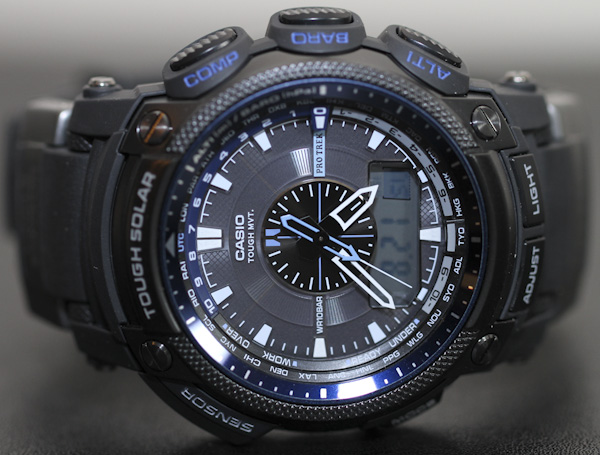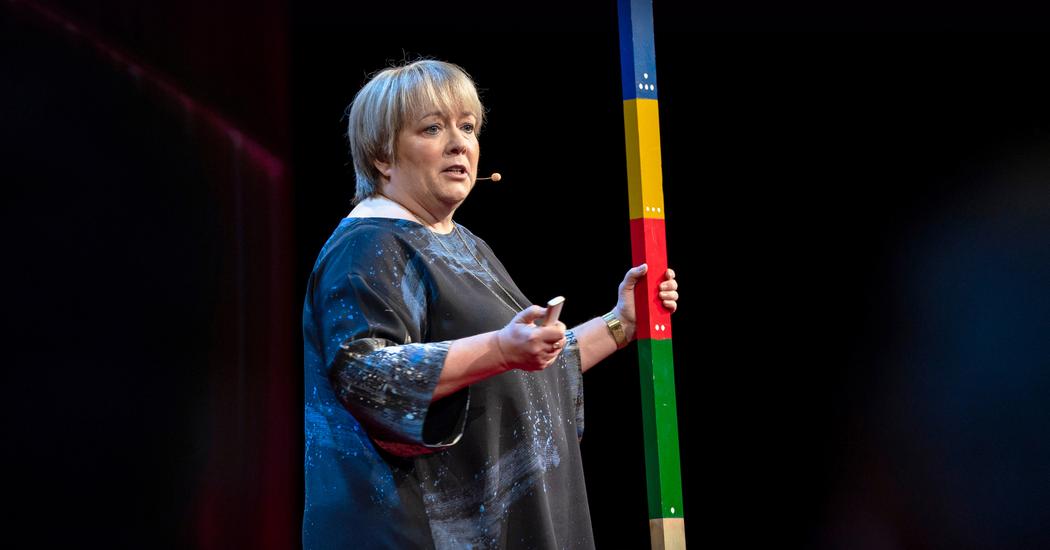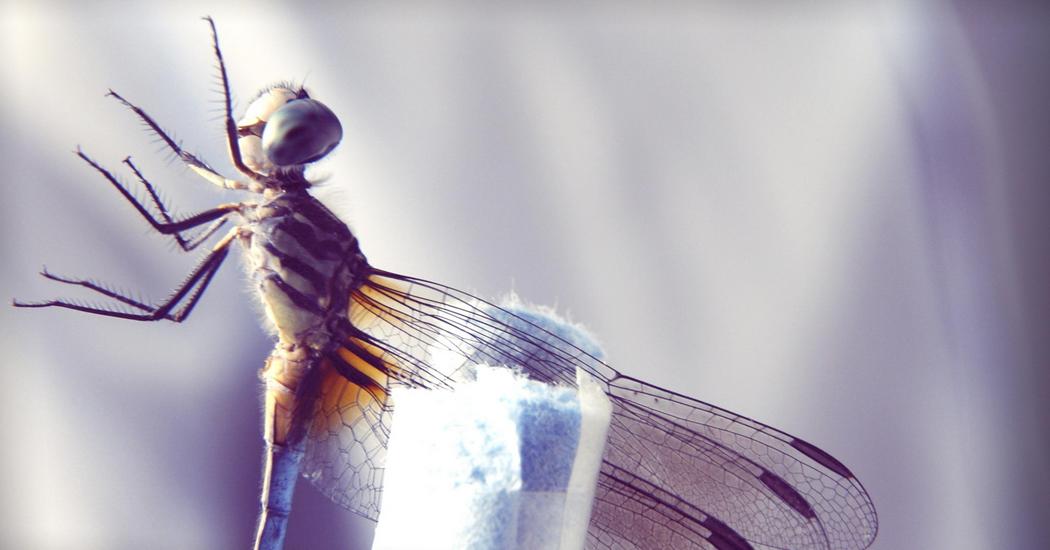
 | From the Editor's Desk
Research reveals how to take a better break- Nir Eyal
Until recently, when I needed a break I'd grab my phone. Whether I was bored, mentally fatigued, or just wanting a pick-me-up, I felt relief checking the news, Facebook, or Instagram. However, new research suggests there are good ways and not-so-good ways to spend our break time. While some breaks can leave us refreshed and reenergized, others tend to leave us depleted and drained. In their book "The Distracted Mind: Ancient Brains in a High-Tech World" Dr. Gazzaley, a neuroscientist, and Dr. Rosen, a psychologist, explain that good breaks can reduce mental fatigue, boost brain function, and keep us on-task for longer periods. But Gazzaley and Rosen forewarn that taking the wrong sort of breaks might make us more susceptible to boredom and may actually backfire by making us want to take breaks more often. In other words, repeatedly checking our phones when we get a tad bored can train us to check more often throughout the day.
Continued here
Advertisers of the day
SAP (For HR Decision-Makers): Limited Period Offer for SAP Success Factors
The Economist Get a free limited edition Moleskine notebook and 12 issues for 1,400INR
Our advertisers help fund the daily operations of TradeBriefs. We request you to accept our promotional emails. | Work Work Work Work Work Working Women Often Underestimate Motherhood Costs New research suggests that women frequently underestimate the money and effort it takes to raise children and have a career, leading many to invest in their skills and then leave the workforce when the costs become apparent. New research suggests that women frequently underestimate the money and effort it takes to raise children and have a career, leading many to invest in their skills and then leave the workforce when the costs become apparent. Work Work Work Work Work Work Work Casio Chairman Kazuo Kashio dies at 89 Casio Chairman and CEO Kazuo Kashio passed on June 19, 2018 at the age of 89. The cause of death was pneumonia. Kashio was the third eldest of the four brothers who founded Casio Computer in 1957. … Casio Chairman and CEO Kazuo Kashio passed on June 19, 2018 at the age of 89. The cause of death was pneumonia. Kashio was the third eldest of the four brothers who founded Casio Computer in 1957. … Work Work Work Work Life Life Life Life Life Life Life Life The best way to understand ourselves? While some stories shape political events, and others still resonate millennia after they were created, a few can offer a unique insight into human nature, writes Fiona Macdonald. While some stories shape political events, and others still resonate millennia after they were created, a few can offer a unique insight into human nature, writes Fiona Macdonald. Life Life What if we eliminated one of the world's oldest diseases? | Caroline Harper Thousands of years ago, ancient Nubians drew pictures on tomb walls of a terrible disease that turns the eyelids inside out and causes blindness. This disease, trachoma, is still a scourge in many parts of the world today -- but it's also completely preventable, says Caroline Harper. Armed with data from a global mapping project, Harper's organization Sightsavers has a plan: to focus on countries where funding gaps stand in the way of eliminating the disease and ramp up efforts where the need is most severe. Learn more about their goal of consigning trachoma to the history books -- and how you can help. (This ambitious plan is one of the first ideas of The Audacious Project, TED's new initiative to inspire global change.) Thousands of years ago, ancient Nubians drew pictures on tomb walls of a terrible disease that turns the eyelids inside out and causes blindness. This disease, trachoma, is still a scourge in many parts of the world today -- but it's also completely preventable, says Caroline Harper. Armed with data from a global mapping project, Harper's organization Sightsavers has a plan: to focus on countries where funding gaps stand in the way of eliminating the disease and ramp up efforts where the need is most severe. Learn more about their goal of consigning trachoma to the history books -- and how you can help. (This ambitious plan is one of the first ideas of The Audacious Project, TED's new initiative to inspire global change.) Life Life Life How a dragonfly's brain is designed to kill | Greg Gage Dragonflies can catch prey with near perfect accuracy, the best among all predators. But how does something with so few neurons achieve such prowess? Our intrepid neuroscientists explore how a dragonfly unerringly locks onto its preys and captures it within milliseconds using just sensors and a fake fly. Dragonflies can catch prey with near perfect accuracy, the best among all predators. But how does something with so few neurons achieve such prowess? Our intrepid neuroscientists explore how a dragonfly unerringly locks onto its preys and captures it within milliseconds using just sensors and a fake fly. |
TradeBriefs Publications are read by over 10,00,000 Industry Executives |

|
|
|
|
|
|
|
|
|
|
|
|
|
|
|
|
|
|
|
|
|
|
|
|
|
|
|
|
No comments:
Post a Comment